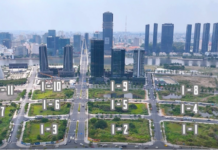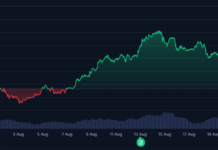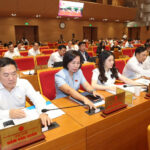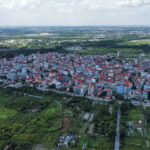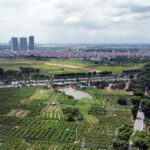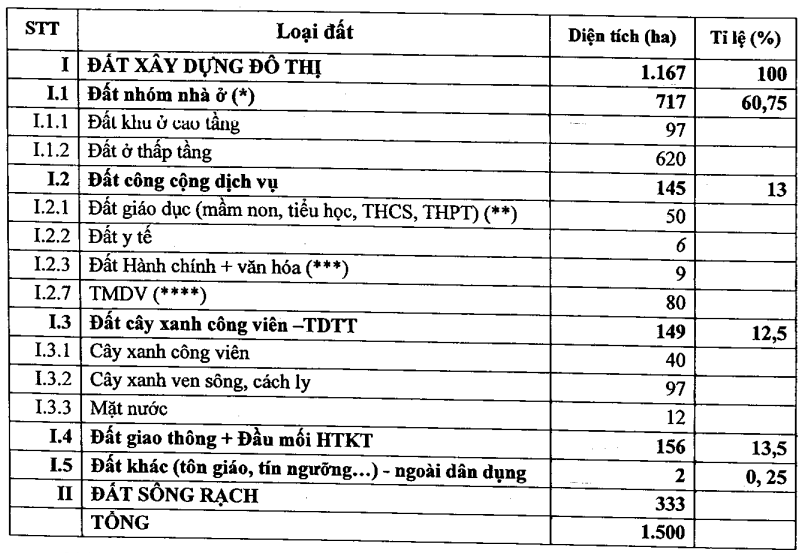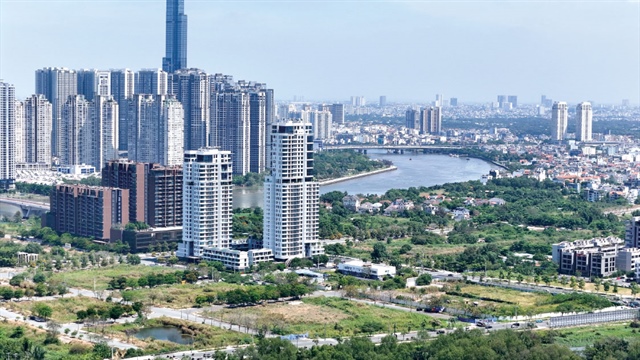
The Ministry of Agriculture and Environment aims to maintain a 75% consensus rate when reclaiming land. Photo: LÊ VŨ |
In the draft Resolution guiding the implementation of the 2024 Land Law, the Ministry of Agriculture and Environment presents two options for the consensus rate when reclaiming land for projects through negotiation.
Specifically, if investors reach agreements with either 75% or 85% of households and land areas, the Provincial People’s Council can decide to allow the state to reclaim the remaining portion, allocating or leasing it to the investor.
Compared to the previous draft, which capped at 75%, the drafting agency has added the 85% option to enhance caution, reduce complaints, and protect the interests of the remaining households.
However, many argue that the 85% threshold could make it harder for projects to meet the “consensus requirement,” delaying land clearance. Conversely, maintaining the 75% rate would help resolve bottlenecks faster and align with other provisions in the draft, such as compensation, support, and resettlement mechanisms (also requiring over 75%).
The Ministry of Agriculture and Environment is leaning toward the 75% option, as it meets practical needs, accelerates project implementation, and addresses “stalled projects” caused by investors unable to agree with a few households.
This move also institutionalizes the spirit of Resolution No. 69-NQ/TW on supplementing cases where the state reclaims land for socio-economic development purposes.
Currently, the mechanism for land reclamation in cases where investors negotiate directly lacks a clear legal basis. When negotiations stall, projects can remain suspended for years, affecting both investors and residents in the planned area.
Thus, this proposal is seen as a new step forward, as it is the first time a specific ratio has been set for state intervention in land clearance support.
Beyond the consensus rate, the draft resolution introduces new provisions, such as reducing the public posting period for compensation, support, and resettlement plans to 10 days (from the current 30 days) and setting a 30-day dialogue period.
Compensation land prices are also proposed to be calculated based on land price tables and adjustment coefficients rather than specific land prices, ensuring uniformity and ease of application.
Gia Nghi
– 05:34 02/10/2025
$1.036 Billion Allocated for Land Clearance of Gia Binh Airport-Hanoi Road Link
The Hanoi People’s Council has approved an increase in the total investment for the land acquisition and site clearance project of the road connecting Gia Binh Airport to Hanoi. The budget has been raised from VND 6,420 billion to VND 7,457 billion, reflecting an additional VND 1,036 billion. This adjustment aims to incorporate the 1.62km segment, previously stuck between Hanoi and Bac Ninh, into Component 1 of the project.
Revolutionary Proposal to Resolve Land Valuation Challenges
The proposed land price list is meticulously structured based on land type, region, and location. Provincial People’s Councils determine the land price table every five years, with the next update set to be announced and implemented starting January 1, 2026. Revisions and additions will be made as necessary to ensure accuracy and relevance.
Soaring Land Prices Fuel Persistent Highs in Housing Costs
According to experts, the sharp rise in land prices over the past period has become the most significant bottleneck, driving up input costs for real estate projects—a key factor behind the persistent surge in housing prices.















